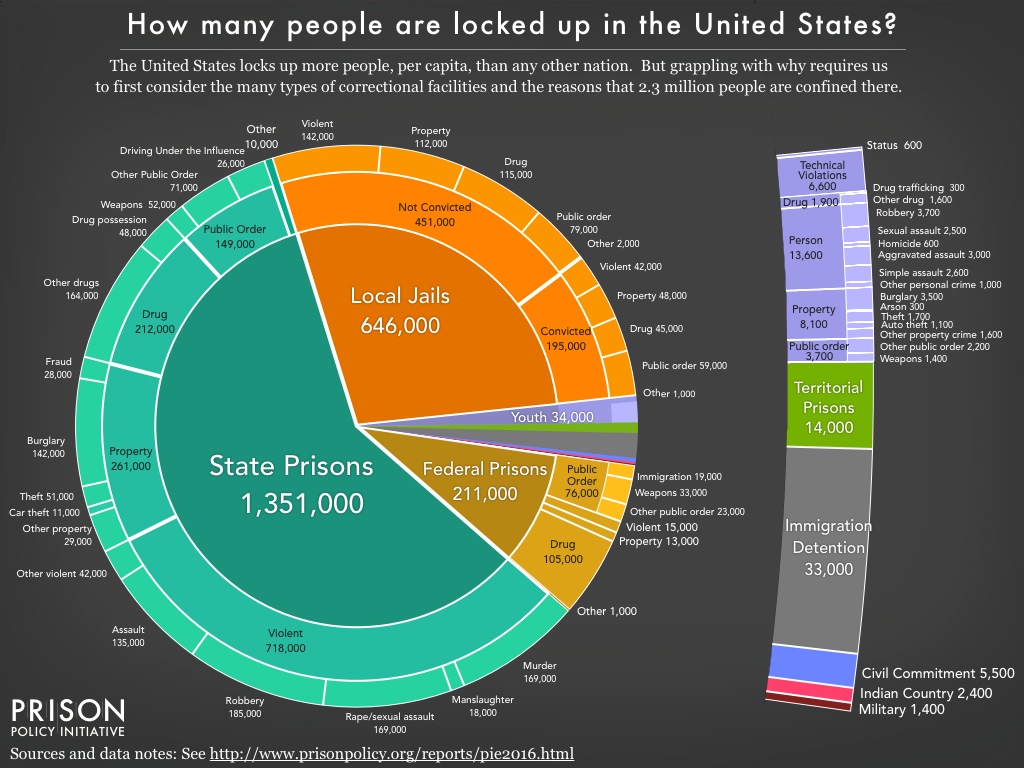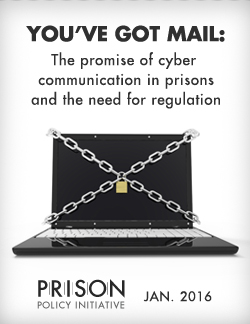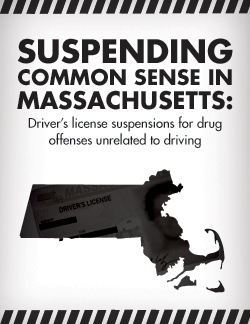We explain what rates and fees to expect thanks to the FCC's October 2015 order and when for prisons and jails.
by Peter Wagner,
March 17, 2016
March 24, 2016: The federal courts have issued another stay of the FCC’s order. Please see our new blog post for what to expect.
The Federal Communications Commission’s historic October 2015 order expanding its regulations of the prison and jail telephone industry goes into effect today. It’s a little complicated because prisons and jails have different effective dates, and part of the FCC’s order has been stayed by the federal courts. And on March 16, the FCC issued a public notice — which if the companies stay true to form, they are likely to challenge in court — reminding the companies that in-state calls are also to be capped. Barring new rulings from the court, here is what the families of incarcerated people can expect.
For prisons, starting today:
Both in-state and inter-state calls are capped at a maximum of $0.21-$0.25/minute for debit/prepaid or collect, respectively. (A 15-minute collect call that cost $6 in Arizona yesterday will cost only $3.60 today.(*))
The abusive hidden fees that our report Please Deposit All of Your Money: Kickbacks, Rates, and Hidden Fees in the Jail Phone Industry found can easily double the price of a call are now capped:
- Payment by phone or website: $3 (previously up to $10)
- Payment via live operator: $5.95 (previously up to $10)
- Paper bills: $2 (previously up to $3.49)
- Markups and hidden fees embedded within Western Union and MoneyGram payments: $0 (previously up to $6.95)
- Markups and hidden profits on mandatory taxes and regulatory fees: $0 (We’ve seen these markups and hidden profits on “mandatory” taxes be 25% of the cost of the call)
- All other ancillary fees: $0. (There are many of these charges. Some of the most egregious ones are $10 fees for refunds, $2.50/month for “network infrastructure” and a 4% charge for “validation”.)
For jails, starting June 20, 2016:
Both in-state and inter-state calls are capped at a maximum of $0.21-$0.25/minute depending on whether the call is debit or collect. (A 15-minute call that today costs $12.75 in Alameda County, California will cost no more than $3.15 (debit) or $3.75 (collect) on June 20th. A 15-minute call today that costs $14+ in Livingston and Mecosta counties, Michigan and Dodge, Kewaunee, and Walworth counties, Wisconsin will cost no more than $3.15 or $3.75 on June 20th.)
The caps on the abusive fees discussed above will go into effect for calls from jails on June 20th.
After the court’s partial stay on the FCC order is lifted
Assuming that the federal court lifts its partial stay and the FCC’s October order goes fully into effect at a later date, families can expect to see the following results:
- In prisons, the cost of a call will drop to $0.11 a minute.
- In jails, the cost of a debit/prepaid call will fall to $0.14 to $0.22 a minute, depending on the size of the jail. (Traditional collect calls will initially be higher and then, over a two year period, fall to the $0.14-0.22 level.)
- For both prisons and jails, the companies will be prohibited from defying the FCC’s rate caps by steering families to abusive “single call” products like Text2Connect™ and PayNow™ that charge $9.99-$14.99 for a single call.
The Court has not set a schedule for the case yet, so we do not know when the partial stay might be lifted.
International calling and advanced communication services
The FCC also sought comments on regulating international calling and advanced communications services like video visitation and email, so the FCC is likely considering regulations of those services as well. The comment period closed in January, and we do not know when the FCC will rule on those issues.
Notes:
* The maximum 15-minute collect call charge allowed under the new rules is $3.75, but Arizona’s in-state collect calls are going to cost $3.60 because of a quirk in how Arizona’s pricing was set up. Previously, Arizona had a high first minute charge and then charged $0.24 a minute. Arizona is choosing to lower the first minute charge to comply with the FCC rules, but isn’t raising the per minute charge. We chose the Arizona example for this post because we knew that that state had in-state collect call rates much higher than the new caps and because Arizona was willing to confirm their then-existing rates. Some other states, like Mississippi, did not respond to repeated requests to confirm the rates charged to families in their state.
Update March 18, 2016: Yesterday, Mississippi finally sent us enough information to determine their new and old rates. Prior to this week, a 15 minute call cost $5.90 ($2.60 to connect plus $0.22/minute). That same call now costs $1.65, because the connect charge was eliminated and Mississippi choose to adopt the $0.11/minute rate required by the FCC but stayed by the court. The press release gives a hint as to why Mississippi made that decision: “‘We receive constant complaints from inmate family members and others regarding the high cost for phone service,’ Commissioner Marshall Fisher said. ‘This decision will significantly reduce expenses to the families.'” The Mississippi Department of Corrections deserves credit for doing the right thing here and we hope other states will follow.
Update March 23, 2016: The FCC has posted a guide to the new rules along with instructions on how to file overcharging complaints.


 Please welcome our new Policy & Communications Associate, Alison Walsh.
Please welcome our new Policy & Communications Associate, Alison Walsh.




